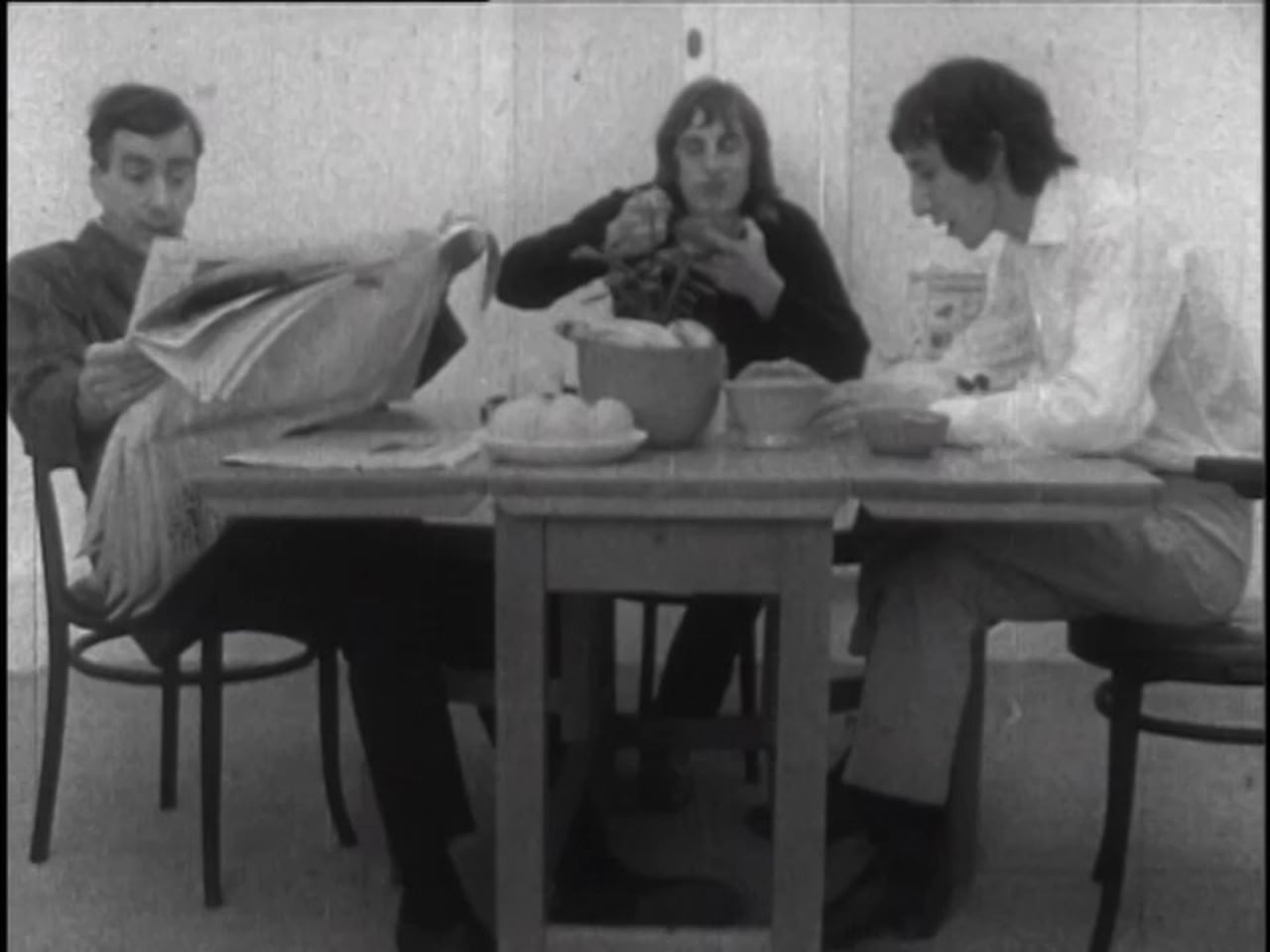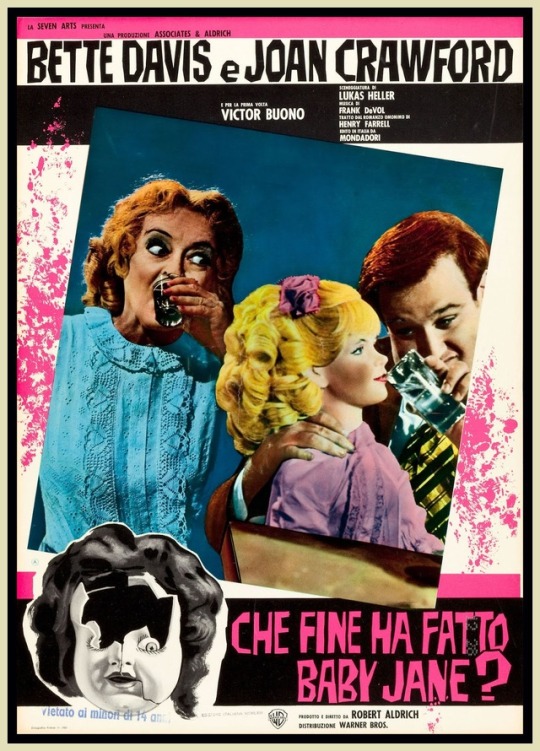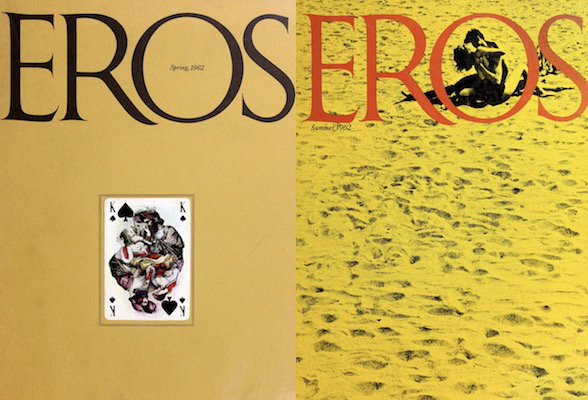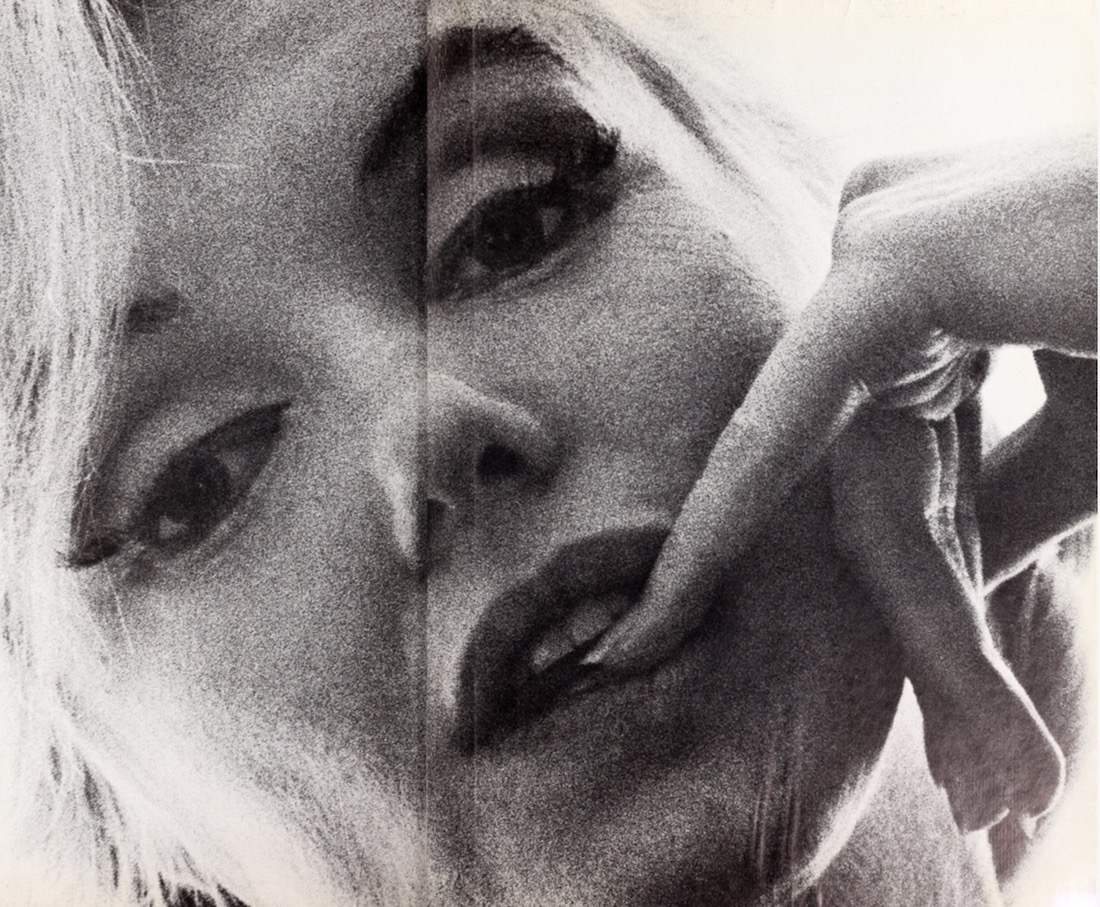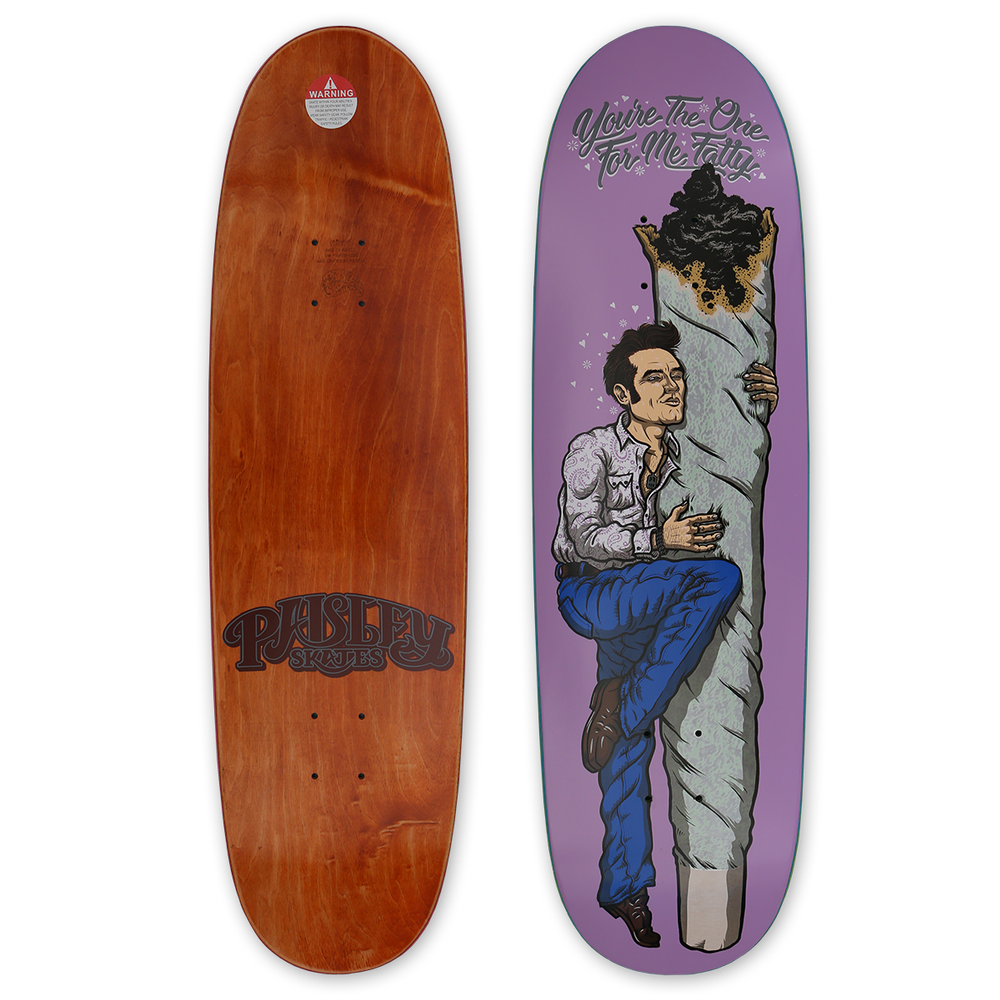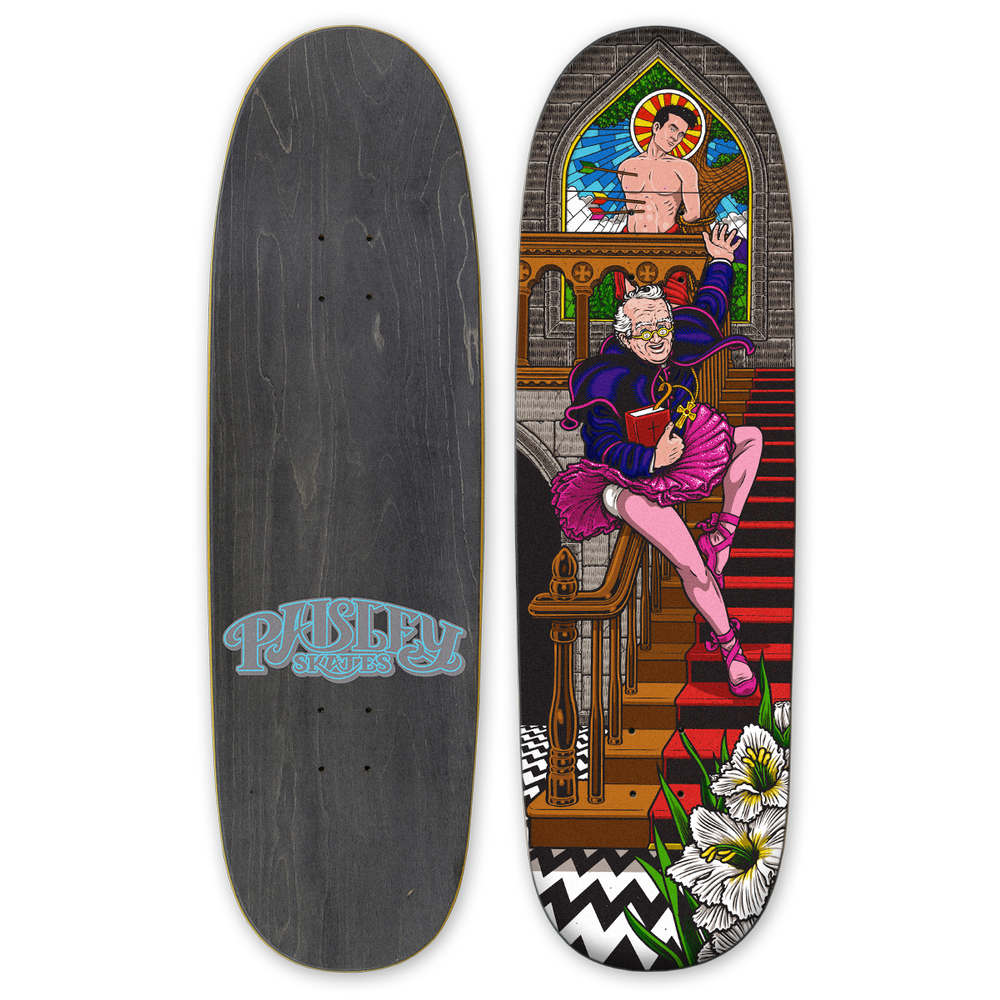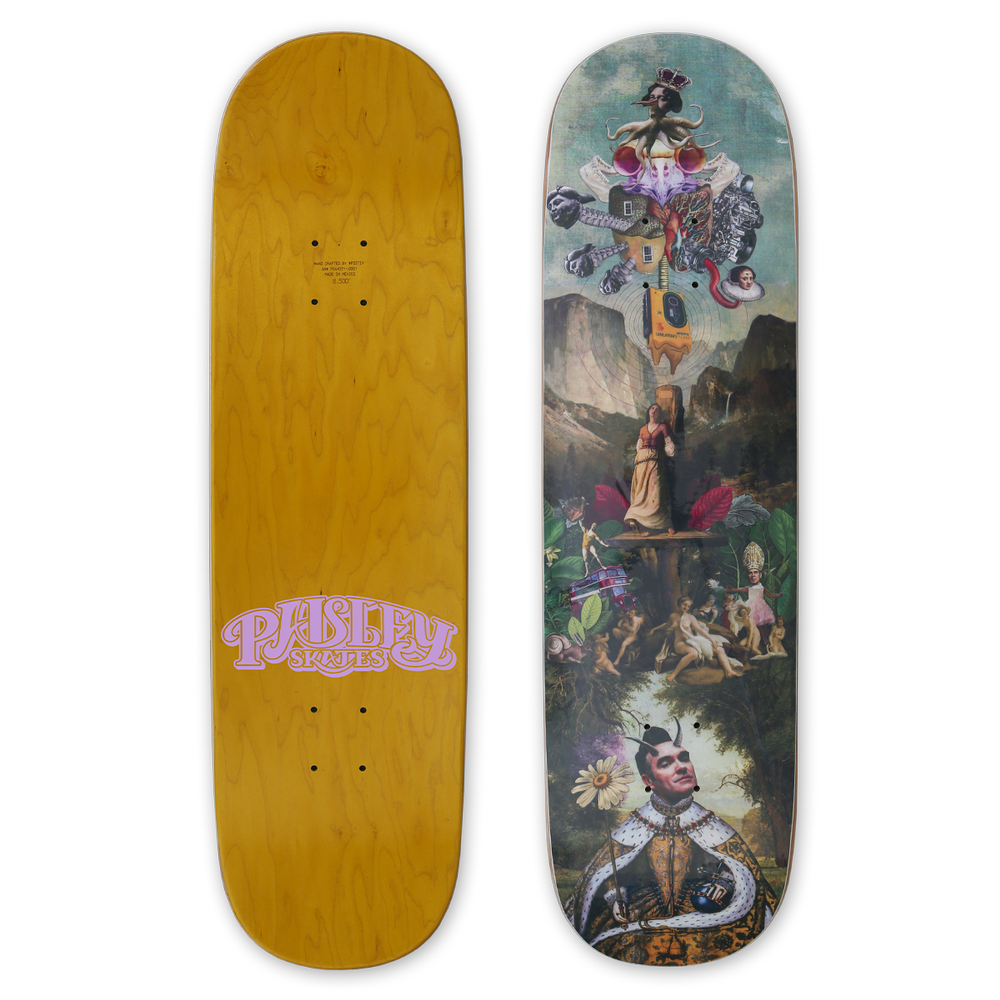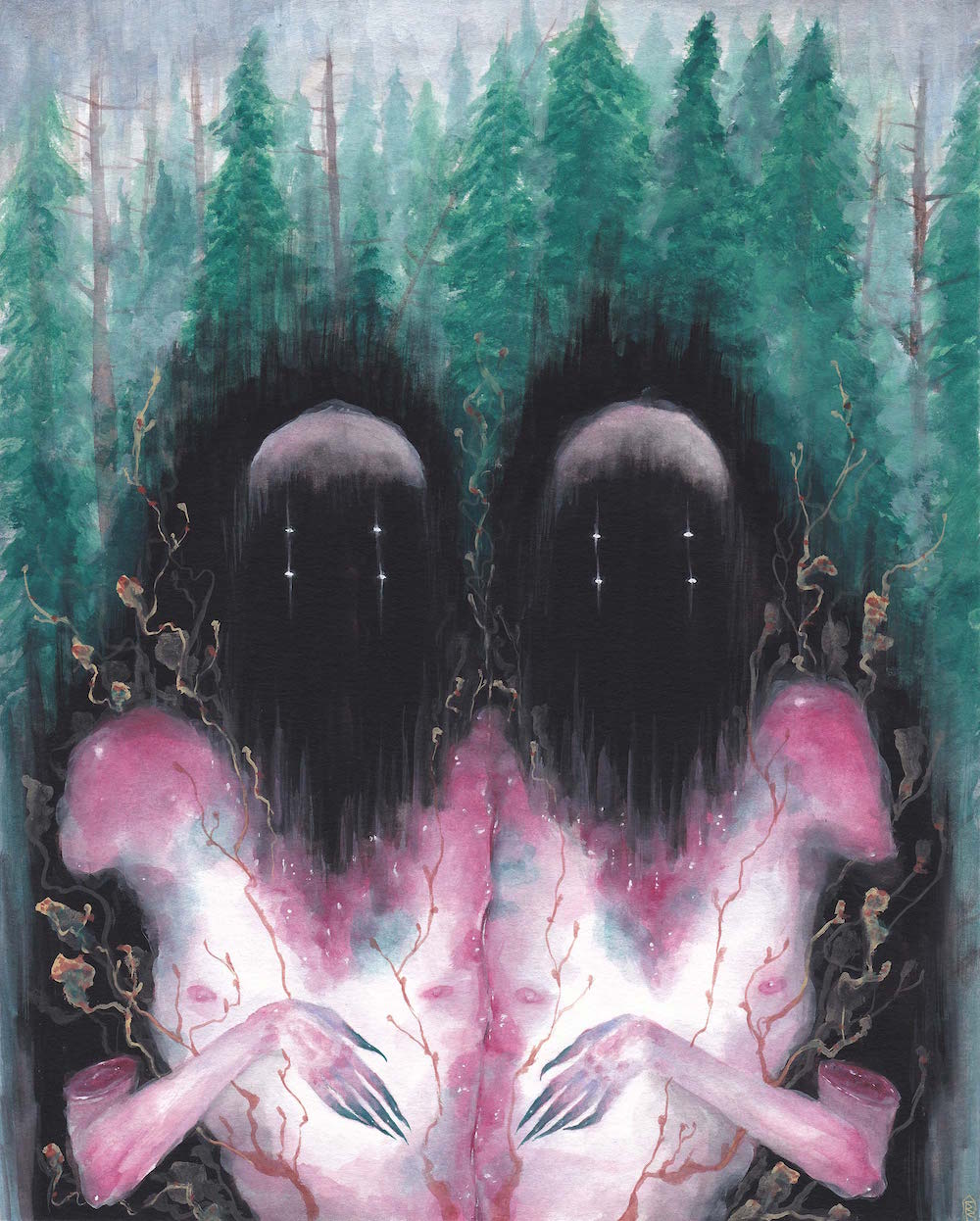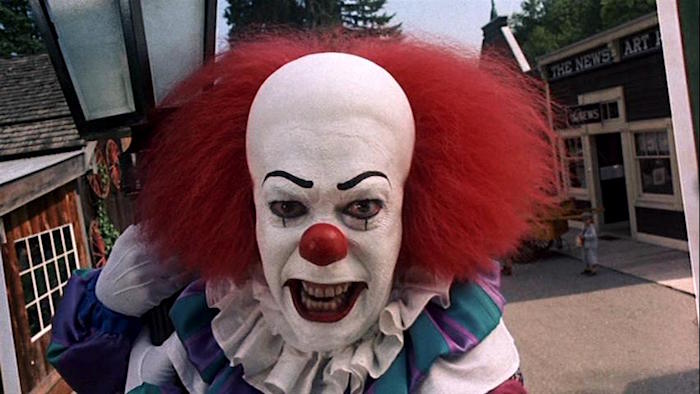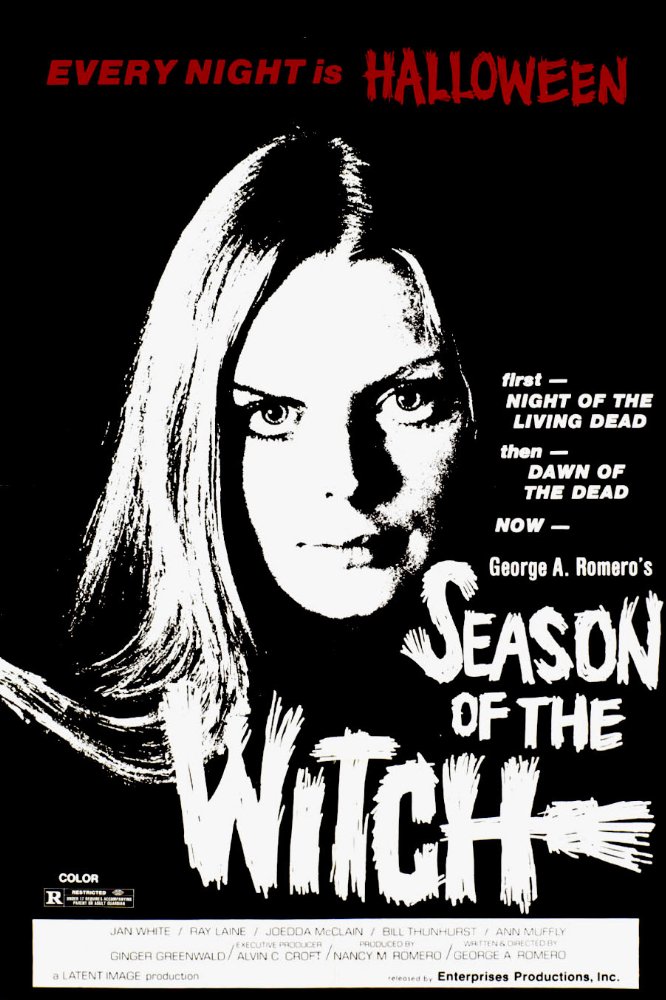
George A. Romero ushered in the modern-day zombie film with his debut motion picture, Night of the Living Dead (1968). Romero, who died on July 17 at the age of 77, was primarily known for his series of zombie movies, but made other types of flicks, too. His third feature is one such work. This fascinating film—which follows a suburban housewife and her dalliance with the occult—is relatively obscure, though the pending release of a new Romero boxed set will surely change all that.
(1968). Romero, who died on July 17 at the age of 77, was primarily known for his series of zombie movies, but made other types of flicks, too. His third feature is one such work. This fascinating film—which follows a suburban housewife and her dalliance with the occult—is relatively obscure, though the pending release of a new Romero boxed set will surely change all that.
Filmed in 1972 under the title of Jack’s Wife, Romero was given just $170,000 to make the film, though he had been promised a slightly higher—but still very modest—budget of $250,000. So, the picture had to be made on the cheap. In addition to directing, Romero wrote the original screenplay, was the cinematographer, and edited the film. His original cut of Jack’s Wife was 130 minutes, but the distributor, Jack Harris, chopped it down to 89 minutes and changed the title. Released in 1973, it would now be called Hungry Wives.
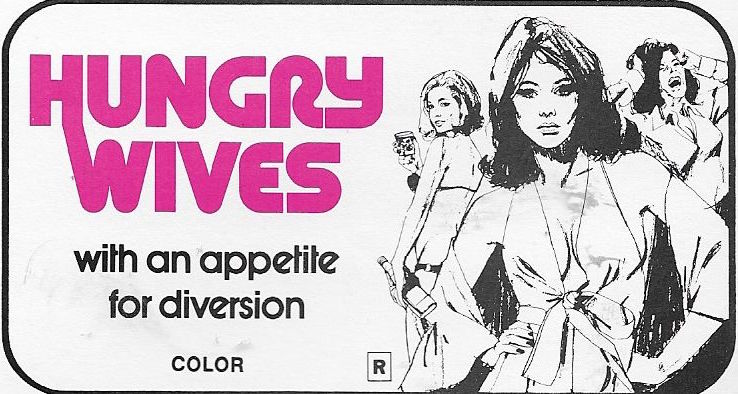
The marketing materials for Hungry Wives downplayed the witchcraft angle, instead making it seem as though targeted filmgoers were in for a softcore picture, filled with married women who were all stepping out on their husbands (quite misleading, though there is some brief nudity and the protagonist does have an affair). If you’ve seen the movie, you know the Hungry Wives trailer is more than a little deceptive.
Despite (or perhaps because of) the efforts made by the distributor to make the film a box office hit, it failed to find an audience. Understandably, Romero later looked back on the entire endeavor as “a pretty disappointing experience.” There are no existing copies of his 130-minute cut.
After the success of Romero’s Dawn of the Dead (1978), Harris rereleased Hungry Wives as Season of the Witch. As you can see in the poster at the top of this post, it was not only made to appear as if it was Romero’s follow-up to Dawn, but that it’s a horror movie similar to John Carpenter’s Halloween
(1978), Harris rereleased Hungry Wives as Season of the Witch. As you can see in the poster at the top of this post, it was not only made to appear as if it was Romero’s follow-up to Dawn, but that it’s a horror movie similar to John Carpenter’s Halloween (1978).
(1978).
But Season of the Witch isn’t really a horror movie either, though it has elements of the genre, notably the proto-slasher nightmare sequences, in which Joan is being stalked by a man wearing a mask and brandishing a knife. This aspect was exaggerated in the Season trailer.

Little-known actress Jan White plays Joan Mitchell, the lead character in the film. Joan’s suburban boredom and anxiety regarding her path in life leads to her interest in the dark arts. Joan eventually becomes a witch, and though she believes it makes her more powerful, it doesn’t mean she’s made the right choice.
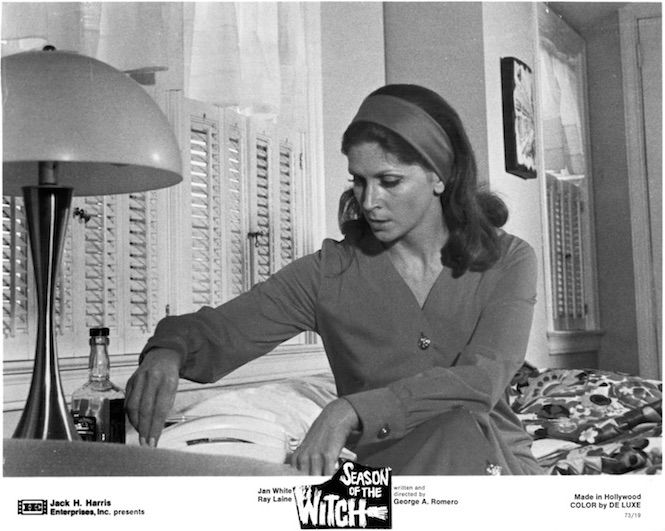
Romero’s picture reminded me of Luis Buñuel’s Belle de Jour (1967), in that they’re both character studies about married women dealing with troubling issues that involve their husbands, and it’s often difficult to tell while viewing these films if what we’re seeing on screen is meant to be reality.
(1967), in that they’re both character studies about married women dealing with troubling issues that involve their husbands, and it’s often difficult to tell while viewing these films if what we’re seeing on screen is meant to be reality.
In his book, The Cinema of George A. Romero: Knight of the Living Dead , author Tony Williams takes a deep dive into Season of the Witch (he uses Romero’s original title when referring to the picture). I’ve selected a few excerpts, which provide additional insight into the film and how it relates to Romero’s other work.
, author Tony Williams takes a deep dive into Season of the Witch (he uses Romero’s original title when referring to the picture). I’ve selected a few excerpts, which provide additional insight into the film and how it relates to Romero’s other work.
Despite its production problems [minimal production values, uneven acting, and a tendency to appear as merely a dated product of its time], Jack’s Wife represents one of Romero’s most sophisticated attempts to analyze the personal dilemmas affecting individuals in contemporary society who are often faced with different choices but who end up choosing the wrong path. Romero’s various screen characters variously engage in processes of denial that harm their very personalities and prevent them from releasing their real potential as free individuals.
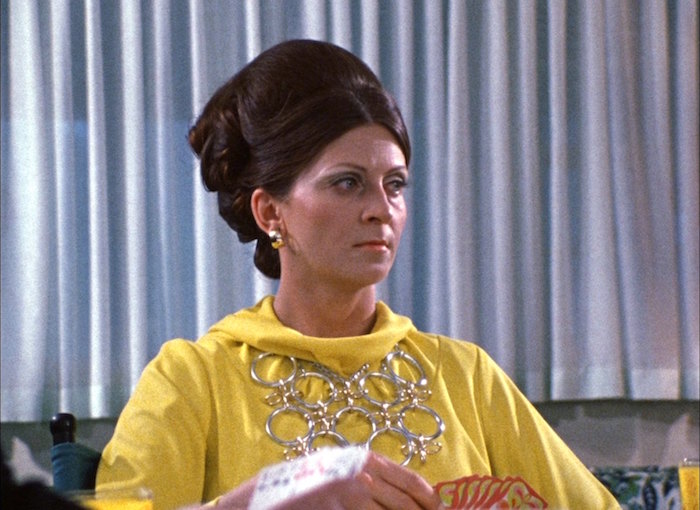
Like Day Of The Dead , Jack’s Wife opens with a deceptive image which seems realistic at first. But, unlike the later film, it follows another sequence which initially appears realistic but is nonetheless an illusion—despite its placement in the world of everyday normality. Both visions symbolically represent Joan’s real life problems and challenge her to respond to them.
, Jack’s Wife opens with a deceptive image which seems realistic at first. But, unlike the later film, it follows another sequence which initially appears realistic but is nonetheless an illusion—despite its placement in the world of everyday normality. Both visions symbolically represent Joan’s real life problems and challenge her to respond to them.
Joan’s daughter, Nikki, has a casual boyfriend named Gregg, who’s a professor at the local university—and a self-righteous jerk. A mutual attraction between Joan and Gregg develops, with Joan later casing a spell on him. The two first lay eyes on each in the most realistic-looking of the multiple dream sequences that appear early on, which is easy to miss upon first viewing.
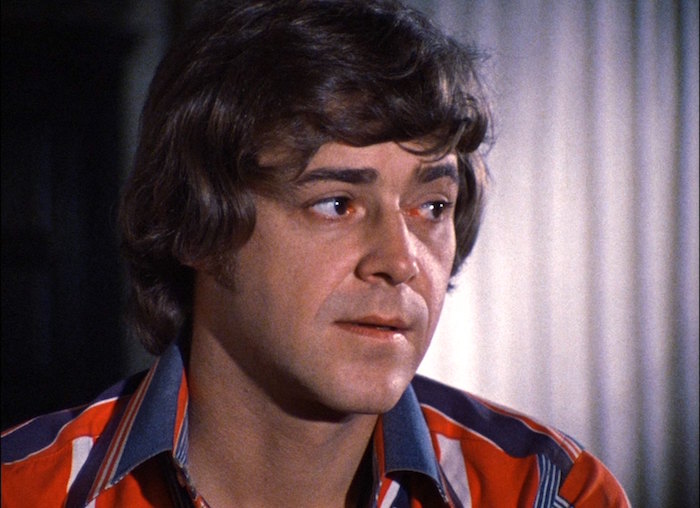
Gregg’s presence initially appears unusual. It will not be until later into the narrative that audiences actually meets him in the film. This intimates that what initially appears to be a chronologically positioned opening sequence actually belongs to the film’s actual conclusion. According to this system, the end must answer the beginning. By placing a character the audience meets later at the very beginning of the film, Romero suggests that Joan’s dilemma will never reach any firm resolution but is actually circular in nature.

Joan fails to comprehend the nature of her personal entrapment. Her attempts to seek out false alternatives that harm her potential for true independence lead to escalating patterns of supernatural chaos and violence. The original nightmares emerged from her uneasy relationship with her boorish husband. But they also take on a sinister form of development as a result of her flirtation with a world of witchcraft which is as equally conformist as the deadly world she seeks escape from.
More after the jump…













